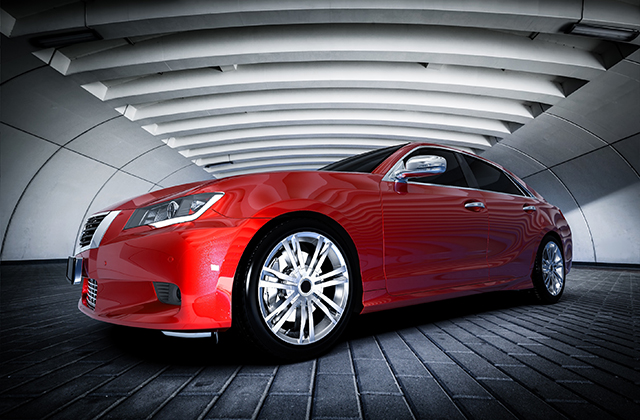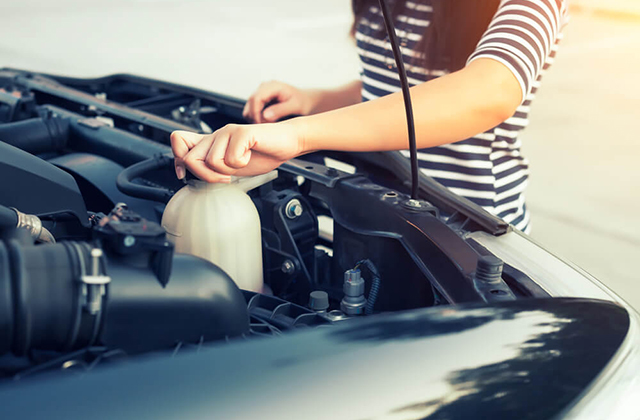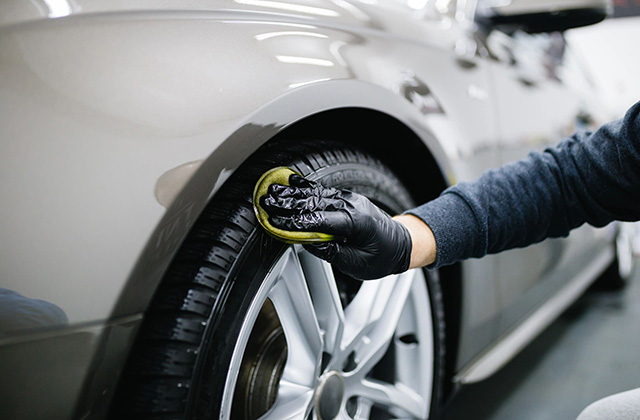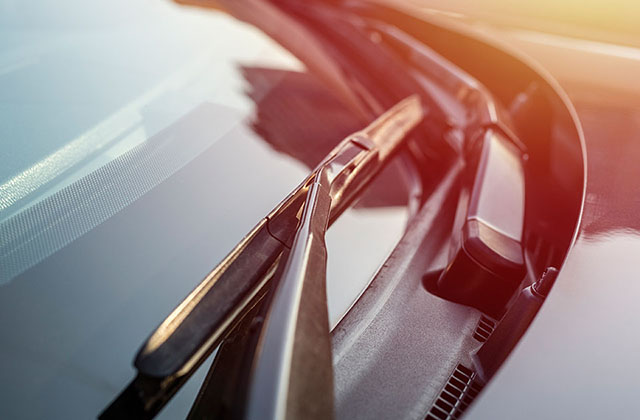If you want to keep your car’s finish pristine and shiny, you’ll need to do more than just regularly give it a wash, you need a car detailing products to maintain it. Automobile enthusiasts tend to be opinionated when it comes to the debate between modern and vintage cars. As with any personal preference, enthusiasts cite various reasons why they consider their selection to be superior. Though there are further divisions within the two camps between those who like pickup trucks, sports cars, or other particular styles, the big question still remains: Are vehicles from either era inherently “better” in some way? Anyone who has a car with leather interior knows that a leather care is necessary to keep your car clean.
Technology vs. Style
Modern car lovers prize the high-tech gadgets often included in the latest models, while those who prefer vintage cars are drawn by the unique styles of days gone by. The two are often seen as being mutually exclusive, and the idea of combining the two is seen almost as a sacrilege. This dichotomy is just one of the many facets of the overall debate, but it remains a critical part of the argument.
Why the Big Debate?
The clash between vintage and modern is seen most prominently when it comes to sports cars. Some of the divide stems from personal experience. Today’s drivers grew up with cars that are sleek, technology-laden and economical. Drivers who remember the “muscle car” era spent their younger days cruising in vehicles that emphasized form and power.
Now that classic cars have largely become collector’s items, there’s a sense of pride and accomplishment involved in procuring a favorite model instead of simply going for a mass-produced vehicle off the lot. On the other hand, ease of ownership with modern cars has increased accessibility and made it possible for more people to have their own vehicles. Whether it’s about performance, style or status, the debate rages on.
5 Arguments in Favor of Modern
Among all of the reasons that people who favor modern cars give to defend their position, these are the most common:
- Fresh Technology – New options are appearing all the time to make cars more connected and integrated with the increasingly mobile and connected way of life.
- Convenience – Hands-free operation of radios and other devices, on-board navigation systems, parking assistance and other amenities make modern cars easier to drive.
- Smooth Ride – With interiors designed for comfort and mechanical components optimized for handling, newer models glide along the road. Features such as airbags and crumple zones reduce the risk of injury in a crash.
- Performance – Precision engines and computer controls enhance the driving experience.
- Efficiency – A single tank of gas goes a long way, with no drawbacks to performance.
Modern Drawbacks
Classic car aficionados counter these arguments by pointing out that the abundance of electronic components in modern cars simply means that there’s a greater possibility of things going wrong, and those repairs are more complicated and expensive. They dislike the fact that computer controls take over much of the driving, claiming that the overall experience of being a driver is lost because it’s impossible to get a “feel” for how the car operates.
5 Perks of Going Vintage
To further support their views, those in the vintage camp say that classic trumps modern for these reasons:
Beauty – Vintage designs were drawn by hand rather than with computers to create unique body shapes.
Reliability – A lack of electronic components means fewer parts to break down, and the issues that do arise can often be fixed by the driver or a knowledgeable friend.
Simple Design – Focusing on style and form left little room for superfluous additions, so vintage cars have only the components that they need.
Streamlined Engines – Power was the focus in many classic designs, resulting in engines with distinctive sounds and strong performance.
Better Experience – Purely mechanical operation requires more attention to the details involved in operating the car, so the driver isn’t simply cruising along with the help of a computer.
What Vintage Won’t Do
People who prefer modern cars counter the vintage argument by pointing out that older vehicles don’t have safety features that could be life-saving in a collision. A lack of connectivity, a perceived inferiority in interior comfort and higher gas consumption put yet more strikes against vintage models.
A Practical Comparison
Comparing a modern upgrade of a vintage car to its classic counterpart helps to visualize this ongoing debate. One model often cited is the Jaguar E-Type, or XK-E, produced in 1963 and the newer F-Type from 2014. Each exhibits characteristics that highlight the preferences of those on both sides of the argument.
The Jaguar XK-E was:
- Built by hand and noted for its artistic beauty
- Free from safety standards that may have compromised its design
- Elegant and sleek
- Simple to drive with a four-speed manual transmission
- Capable of reaching 60 miles per hour in less than seven seconds
However, opponents of vintage cars note the lack of safety, relatively slow speeds and dubious reliability when compared to modern vehicles.
The Jaguar F-Type updates the original with:
- Computer-designed, machine-built aluminum construction
- Safety features including crumple zones, ABS, air bags and traction control
- Eight-speed automatic transmission with paddle shifters and a V8 engine
- A modern, “beastlike” beauty
Lovers of vintage cars criticize the newer Jaguar for looking too aggressive and using computer assistance to handle most of the driving. This high-tech design is seen as being too costly when it comes to repairs.
There are two sides to every debate, and the “classic versus modern” argument in the automotive world is no exception. Each side sticks to its convictions that the other is somehow wrong, citing reasons such as safety, technology, style and performance. In the end, it all seems to come down to personal preferences and the needs of the individual driver.




